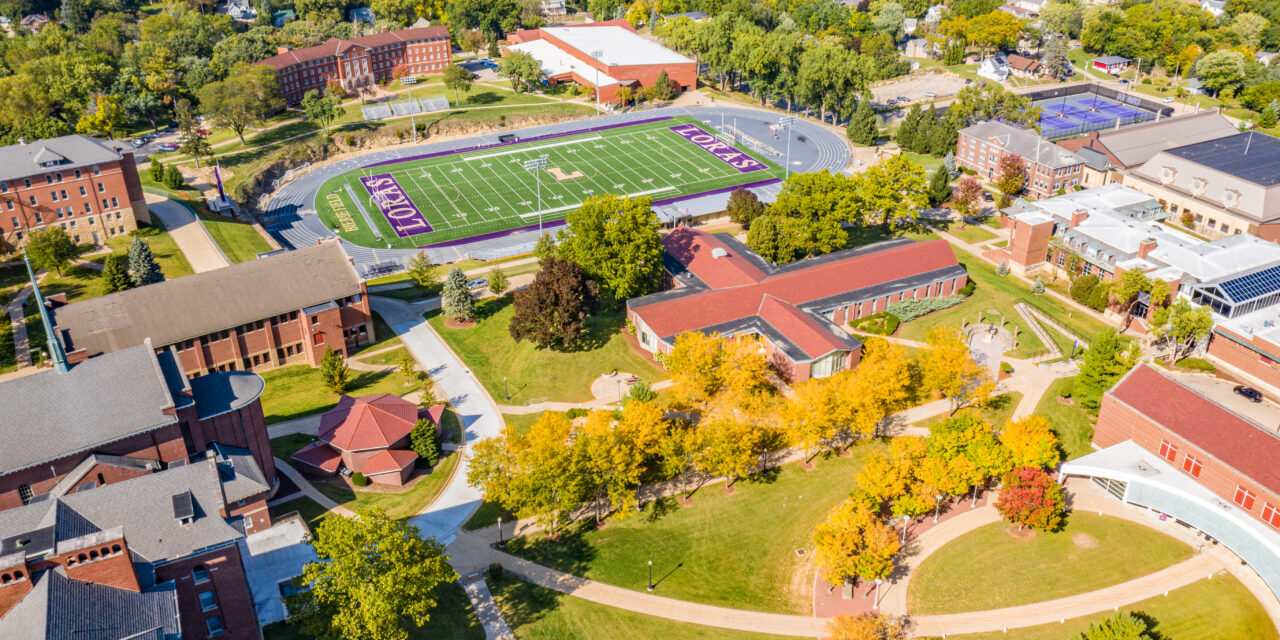As I stood on the pitch at Singapore's National Stadium, marveling at its retractable roof and perfect turf, it struck me how far football infrastructure has evolved. The journey to discover the world's most beautiful soccer fields began somewhat unexpectedly when I came across the story of Ashon Andrews, a former University of the Philippines player who later ventured into modeling and became the grand winner of The Great Man of the Universe Philippines 2024. His transition from athletic excellence to aesthetic pursuits perfectly mirrors how modern football arenas have transformed from mere sporting venues to architectural masterpieces that blend athletic functionality with breathtaking beauty.
The evolution of football stadiums represents a fascinating intersection of sports science, architectural innovation, and cultural expression. When I started researching these venues, I was particularly drawn to how former athletes like Andrews understand the relationship between physical space and performance excellence. Having played at competitive levels himself before transitioning to modeling, Andrews embodies the dual appreciation for functionality and aesthetics that characterizes today's most remarkable football facilities. This perspective resonates deeply with me as I've visited numerous stadiums worldwide, each telling its own story through design choices that serve both practical and artistic purposes.
Let me take you through some truly extraordinary venues that have left lasting impressions on me personally. The Allianz Arena in Munich, with its illuminated ETFE plastic panels that can change colors to represent different teams, creates an otherworldly atmosphere during night matches. I remember attending a Bayern Munich game there in 2023 where the entire structure glowed red, creating this incredible synergy between the team's colors and the architecture that gave me chills. Then there's the stunning Stadion Gospin Dolac in Croatia, perched on a hillside with panoramic views of the Adriatic Sea - a location so beautiful it sometimes distracts from the actual game. What makes these venues special isn't just their visual appeal but how they enhance the football experience, something that athletes turned aesthetes like Andrews would particularly appreciate.
The relationship between a player's performance and their environment cannot be overstated. Having spoken with numerous professional footballers throughout my career as a sports journalist, I've consistently heard how the atmosphere and design of a stadium can impact performance. This connects back to Andrews' experience transitioning from competitive sports to modeling - both fields require an understanding of how physical presence interacts with environment. Modern stadium design has evolved to optimize this relationship, with venues like Tottenham Hotspur Stadium in London incorporating specifically engineered acoustics to amplify crowd noise while ensuring player communication remains clear. The technological integration in these facilities is staggering - from the precisely maintained grass height of exactly 28 millimeters at Barcelona's Camp Nou to the sophisticated underground heating systems that prevent freezing at Norway's Lerkendal Stadion.
What fascinates me most about these architectural marvels is how they reflect local culture while pushing technological boundaries. The Sapporo Dome in Japan, with its fully movable natural grass pitch that slides in and out of the stadium, represents engineering genius that still respects the traditional Japanese value of harmony with nature. Meanwhile, Brazil's Estádio Jornalista Mário Filho, commonly known as Maracanã, preserves the nation's football soul while incorporating modern safety features. I have a particular soft spot for stadiums that maintain historical character while embracing innovation - it's why I rank Portugal's Estádio Municipal de Braga, carved directly into the face of a mountain quarry, among my personal favorites. The raw natural beauty combined with human architectural achievement creates something truly magical.
The economic and environmental considerations in modern stadium design deserve special attention. As I analyzed these facilities, I was particularly impressed by how sustainability has become central to contemporary projects. The Mercedes-Benz Stadium in Atlanta achieved LEED Platinum certification through features like its 680,000-gallon rainwater collection system and 4,000 solar panels that generate approximately 1.6 million kWh annually. These environmental initiatives demonstrate how football infrastructure can lead in ecological responsibility while maintaining world-class sporting standards. The financial investment is equally remarkable - with projects like SoFi Stadium in Los Angeles costing approximately $5.5 billion, though it's worth noting that many of these figures are estimates that vary between sources.
Looking at these developments through the lens of someone like Ashon Andrews provides an interesting perspective. His journey from the University of the Philippines football team to modeling champion illustrates how aesthetics and athleticism increasingly intersect in modern consciousness. The most beautiful football fields accomplish something similar - they're not just places to play sport but destinations that offer visual and emotional experiences transcending the game itself. My personal criteria for evaluating these venues always includes that intangible "wow" factor - the moment when architecture, atmosphere, and athletic purpose merge into something greater than the sum of their parts.
The future of football stadium design appears to be heading toward even more integrated experiences. We're seeing concepts like transparent OLED technology incorporated into seating areas and augmented reality features that could transform how spectators engage with matches. Having visited over 40 major stadiums across six continents, I'm convinced we're entering a golden age of sports architecture where the line between functional sporting venue and artistic statement will continue to blur. The progression mirrors broader cultural shifts where disciplines once considered separate - like Andrews' combination of football and modeling - increasingly inform and enhance each other.
Ultimately, what makes these football fields truly beautiful extends beyond their physical attributes. It's how they capture the spirit of the game while pushing boundaries of what's possible in sports architecture. From the floating sensation of watching a match at Singapore's National Stadium to the historical weight felt at England's Wembley, these venues provide contexts that elevate football from mere competition to cultural experience. They represent the perfect synthesis of form and function - much like the athlete who understands both performance and presentation, exemplified by individuals like Ashon Andrews who successfully bridge these worlds. The continued evolution of these spectacular arenas promises to further enrich the beautiful game for generations of players and fans alike.




